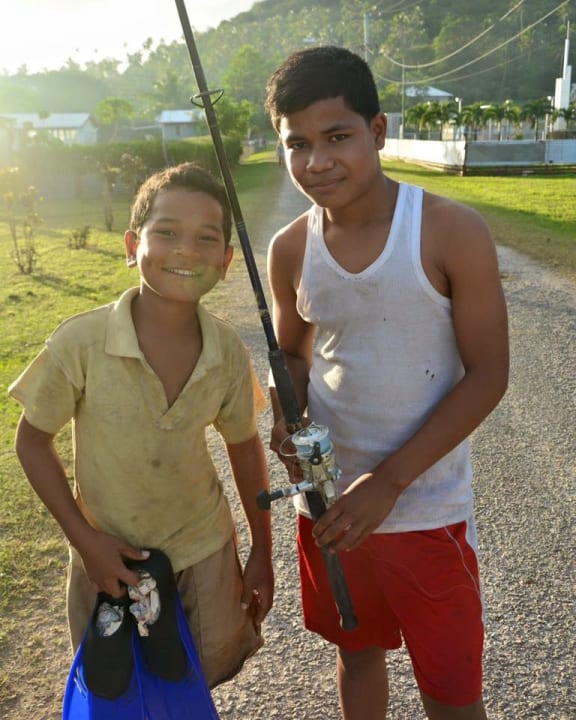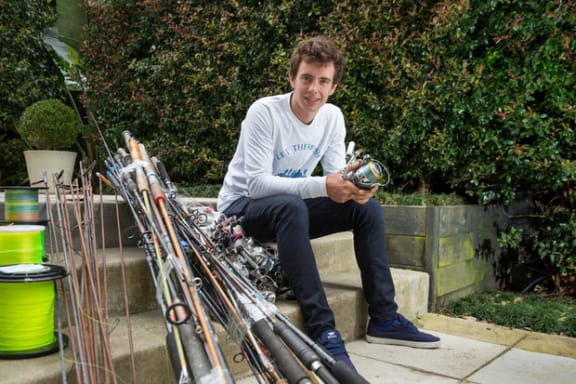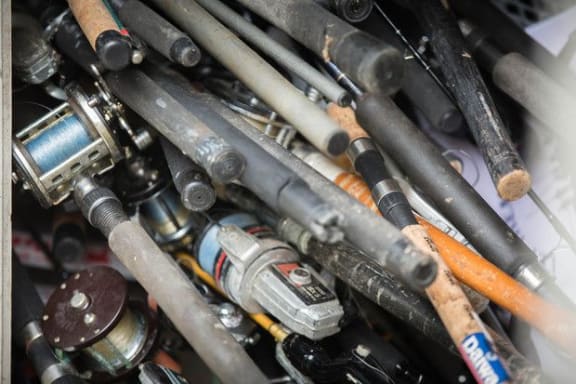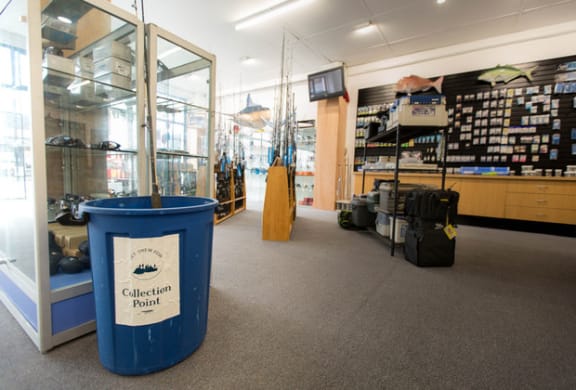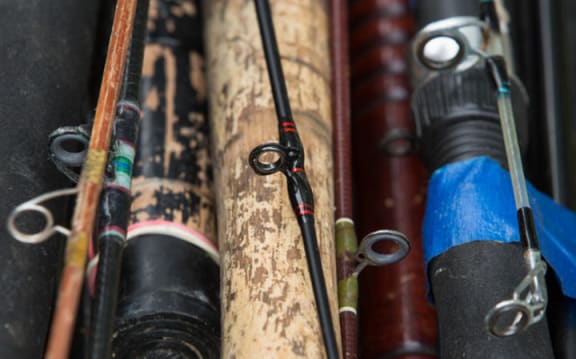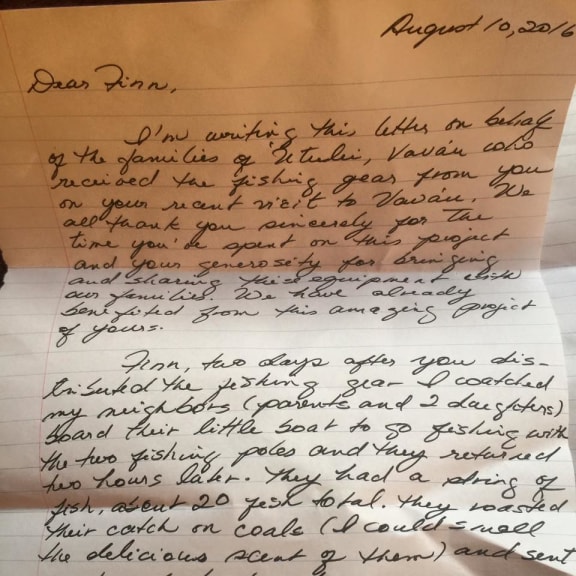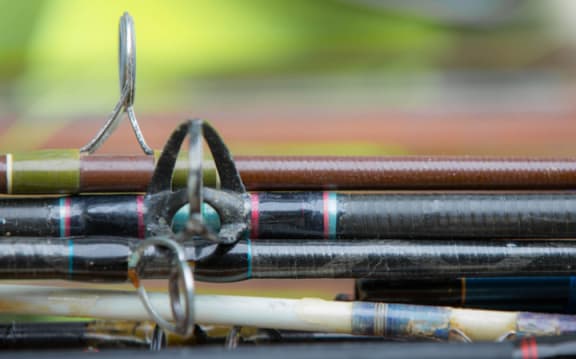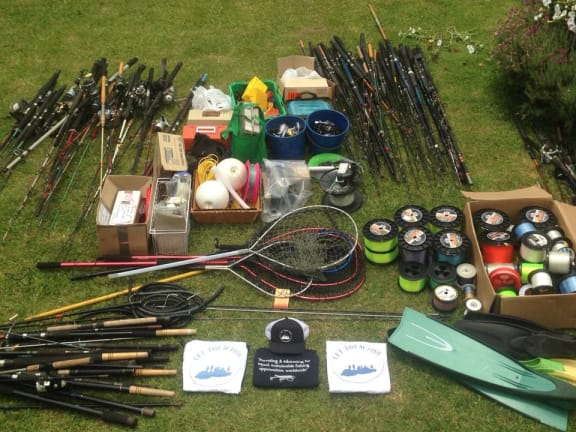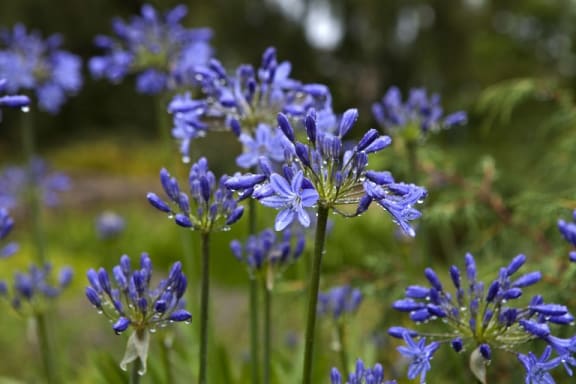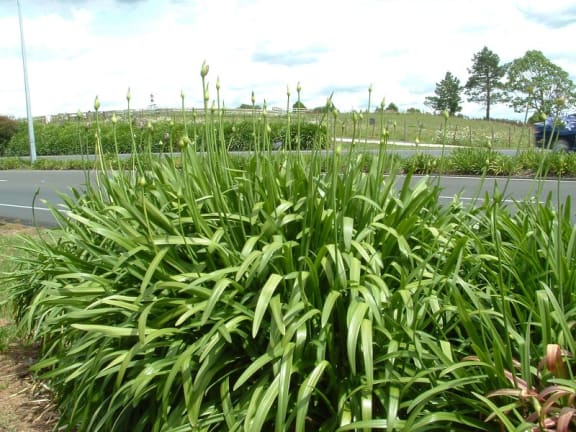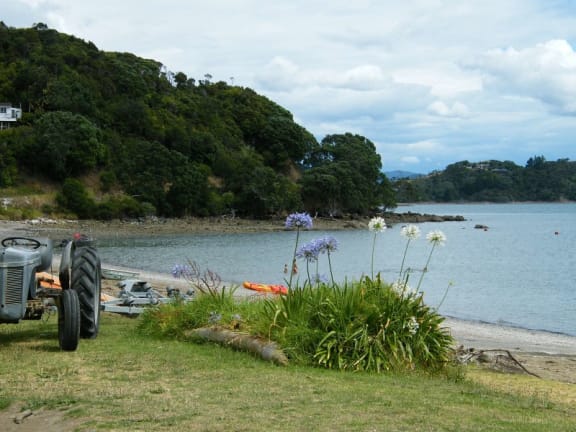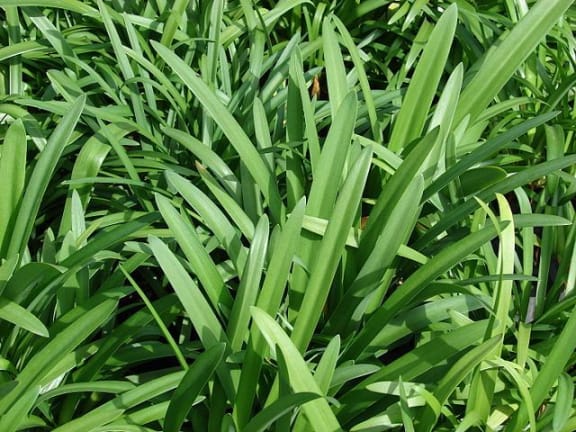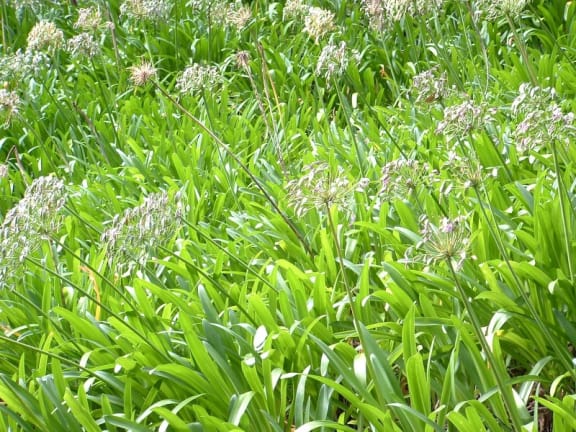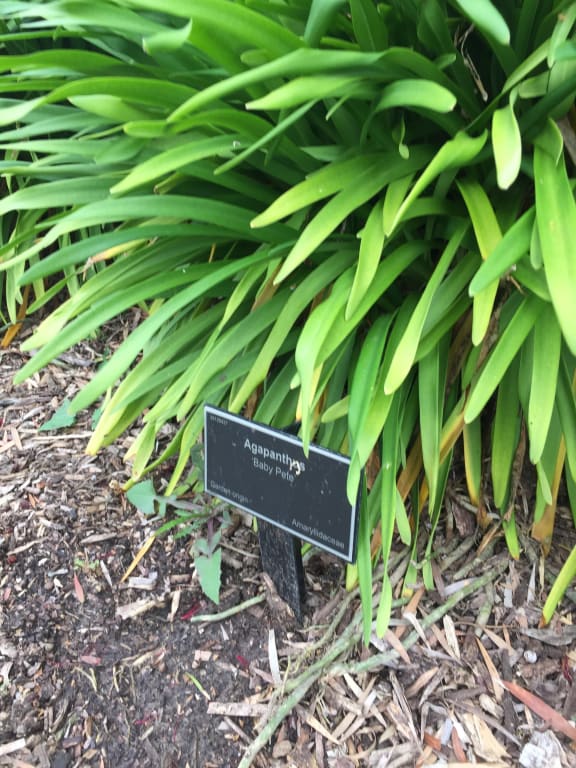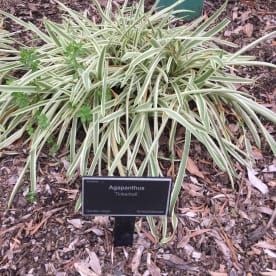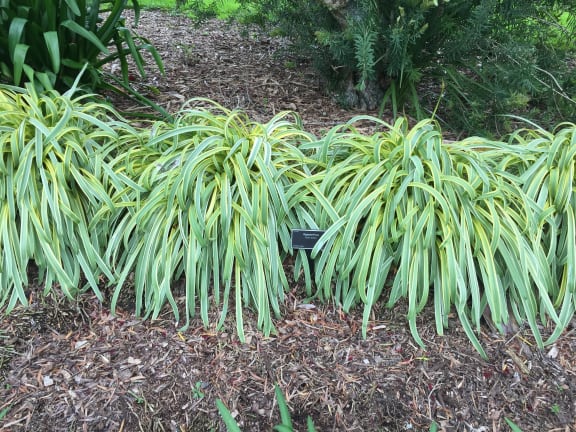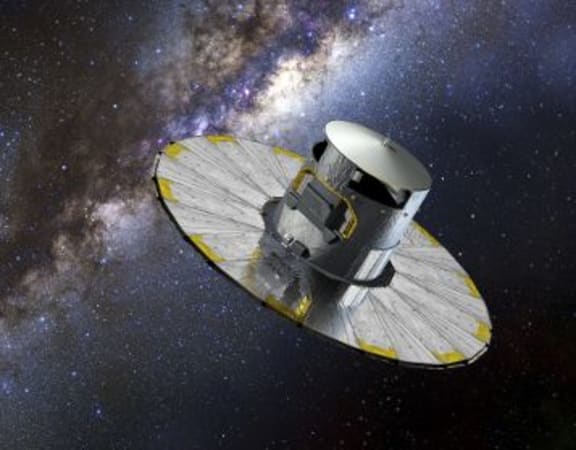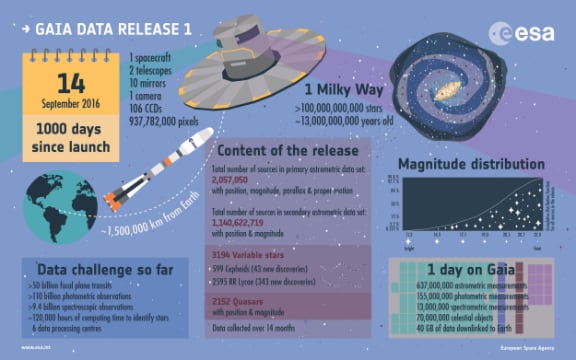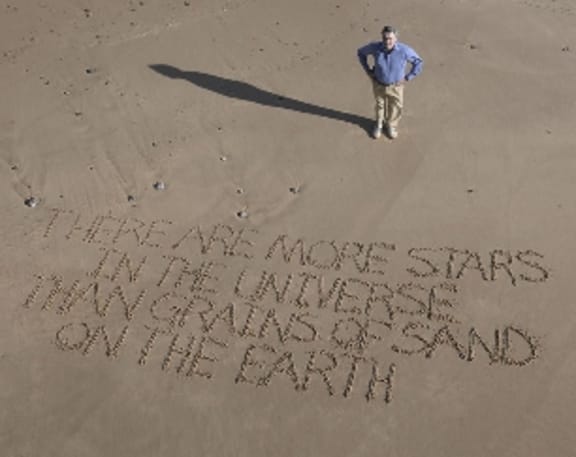This Way Up for Saturday 1 October 2016
This Way Up for Saturday 1 October 2016
Sending second-hand fishing equipment to the Pacific, how to get rid of agapanthus, and a new hi-def map of the galaxy.
How your old fishing gear can change lives
Not many of us go away on holiday to Fiji and discover a way to change other people's lives for the better. But 17 year old Finn Ross saw how locals were struggling with old or broken fishing gear and decided, with his mate Max Lichtenstein, to do something about it.
Finn and Max set up a charity called Let Them Fish that is collecting hundreds of second-hand reels and rods, kilometres of fishing line, and lots of diving stuff here in New Zealand and sending it off to people who need it in Fiji and Tonga.
They currently have collection points at nine fishing shops in Auckland, Tauranga and Whangarei and are rapidly outgrowing their current "storage facilities" (aka their parents' garages!). They have plans to take the idea nationwide.
This Way Up goes along to Finn's parents garage and WS Laurie and Co – a fishing shop in Auckland that is one of the collection points - to see how Let Them Fish works.
Holding up banks and shooting blanks
Agapanthus (agapanthus orientalis/agapanthus praecox) are a feature of many gardens and public spaces here in New Zealand.
With their ability to grow in many conditions, provide ground cover and stabilise banks with their roots, many gardeners love the plant. But they're not everyone's cup of tea; lots of people loathe them. An online survey that ran on the Stuff website back in 2012 attracted nearly 4,000 votes with 49.2 percent of people considering the agapanthus a pest, but 50.8 percent voting for it as a 'beautiful bloom'!
Getting rid of agapanthus can be hard too. Their rhizome root structure means digging them out can be a tough job. Or if you try and poison them, agapanthus are resistant to glyphosate-based weedkillers such as Roundup. So you kill everything around it off, eliminate the competition, and make it easier for your agapanthus to flourish!
Listener Helena isn't a fan and wants to know the best way to get rid of them. Bec Stanley the curator of Auckland Botanic Gardens has a plan and she's also developing new low seed and sterile varieties of agapanthus to appeal to the home gardener and eliminate the more invasive agapanthus orientalis from our gardens.
Already Auckland Regional Council has gone so far as to designate the agapanthus a pest plant and to ban people from growing, selling, propagating or distributing them. None of the other 8 regional and district councils across the country we approached have any outright agapanthus bans in place, but some councils do regard them as a nuisance. For example, Waikato Regional Council has them on its advisory plants list and calls them 'undesirable' but hasn't banned them. Northland Regional Council says it is currently looking at whether to include larger agapanthus varieties in its new Regional Pest Management Plan and ban them from sale. Meanwhile agapanthus are also on the watchlist of the National Pest Plant Accord but hasn't yet been officially declared a pest under the Biosecurity Act (which would stop people growing them). That idea seems to be on hold until some of the sterile alternatives that Bec Stanley is working on appear on the market.
Advice from the Weedbusters website:
What can I do to get rid of it?
1. Dig out scattered plants. Dispose of corms and root fragments at a refuse transfer station or dry them out and burn them. Usually follow up with spraying.
2. Spray: mixture of 4g metsulfuron-methyl 600g/kg + 200ml glyphosate + 10 ml penetrant per 10L water.
3. Cut down and paint stump: slash leaves close to ground, leave on site to rot down. Treat fresh bases with 1g metsulfuron-methyl 600g/kg + 50 ml glyphosate + 1ml penetrant per 1L water or a 3-5mm layer of picloram gel.
What can I do to stop it coming back?
Plants often resprout and seed bank reinfests bared sites thickly, so follow up frequently until eradicated. At least 3-4 follow up treatments are needed. Begin eradication at top of banks and work down. Don't replant until after 2-3 treatments.
The ultimate map of the universe
In 2013 Gaia, the world's most powerful space telescope, was launched by the European Space Agency. Its aim is to create the first ever HD map of our galaxy, in order to answer those simple questions like where we come from, and what and where is dark matter (which apparently isn't even dark)!
The public has just got its first glimpse of all this new information that Gaia's been gathering over the first 1,000 days of its mission, beamed back from over 1.5 million kilometres away into space.
Now the hard work starts - and this is where you can help - anyone, from a school class to a home astronomer, can access the data and help catalogue the galaxy.
Professor Gerry Gilmore is a New Zealander who is the UK's principal investigator for the Gaia project, and Professor of Experimental Philosophy in the Institute of Astronomy at Cambridge University.
